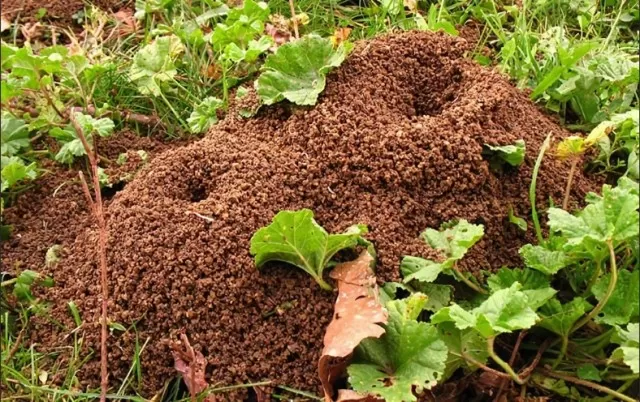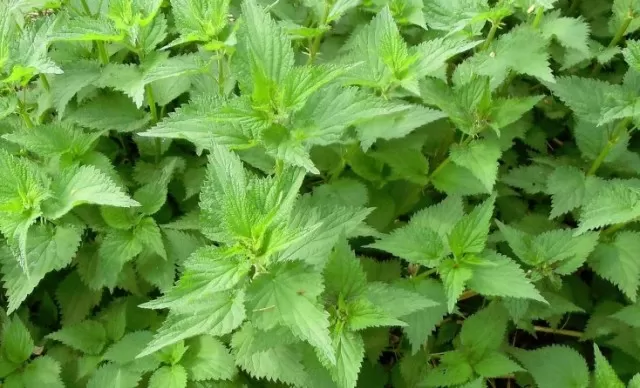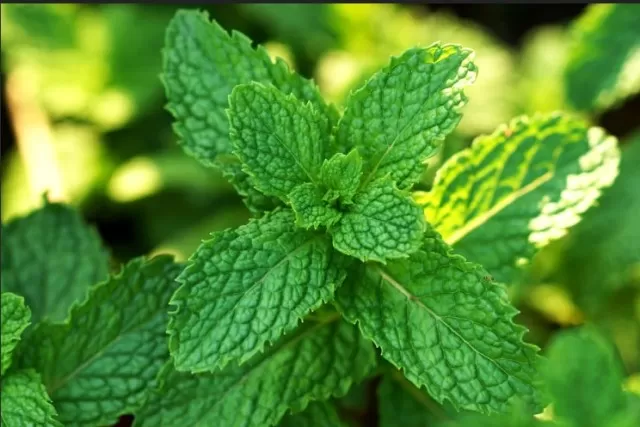Essential Purchases for Organizing Your Garden Equipment. Ants, Ants, Go Away! Eight Plants to Repel and Distract. When ants become a persistent annoyance, it’s time to shift your approach. Consider these eight plants that not only repel ants but also offer a delightful touch of nature to your surroundings.
Ant-Friendly Landscaping: A Balanced Approach

The classic fable of the ant and the grasshopper has ingrained in us a certain respect for hardworking ants and their industrious nature.
We appreciate their role in cleaning up wildlife remains, preying on troublesome insects, aerating soil, dispersing wildflower seeds, and even safeguarding butterfly larvae.
Yet, ants can also have their downsides, as they protect and cultivate pests like aphids for their sweet honeydew, occasionally harm young plants, and venture into our homes in search of sugary treats.
If you’d rather coexist with these tiny neighbors without resorting to extermination, consider incorporating strong-smelling plants into your landscape that naturally repel ants. By strategically placing these plants around areas you’d like to keep ant-free, you can strike a balance that respects their role in nature while maintaining a pest-free environment.
Anise: A Dual-Purpose Herb with an Ant-Repelling Secret
Anise, scientifically known as Pimpinella anisum, may have a licorice-scented allure that’s famously used to train foxhounds, but it doesn’t quite captivate ants in the same way as it does dogs.
This herb thrives in USDA zones 6 through 10 and is typically grown as an annual in other regions. Anise plants can reach a height of about 2 feet, adorning your garden with delicate white blooms and fern-like foliage.
While anise may not be the ultimate ant deterrent, it still has much to offer.
You can incorporate its foliage into salads for a delightful twist, and its seeds can enhance the flavor of breads and desserts. So, even if it doesn’t make your ants surrender, anise proves to be a versatile herb that adds both flavor and charm to your culinary and gardening endeavors.
Catnip: A Feline Delight That Ants Would Rather Avoid

Catnip, scientifically known as Nepeta cataria, is a beloved herb among feline friends but isn’t the most inviting prospect for ants.
This herb can reach heights of nearly 3 feet, sporting musky gray-green foliage and unassuming white flowers. It’s hardy in USDA zones 3 through 10, making it a versatile addition to many gardens.
However, it’s worth noting that while catnip might deter ants, it can attract every cat in the neighborhood to your garden! If it doesn’t prove to be a foolproof insect repellent, you can always dry it for your feline companions’ enjoyment, offering them hours of bliss.
Alternatively, you can brew catnip tea for yourself, exploring the calming properties this herb has to offer. Catnip, it seems, has something for everyone – whether you have whiskers or not!.
Chrysanthemums: Natural Ant Deterrents with a Splash of Color
Chrysanthemums are not only celebrated for their vibrant blooms but also for their ability to deter ants, thanks to the presence of toxic pyrethrins in the flowers of certain varieties.
One of the most common chrysanthemums used for this purpose is the Dalmatian daisy (Chrysanthemum or Tanacetum cinerariifolium). This particular variety thrives to a height of 18 inches and is suited for USDA zones 5 through 9. It features delicate ferny foliage and small white blossoms.
For those seeking a more colorful option, the painted daisy (Chrysanthemum or Tanacetum coccineum) fits the bill.
These chrysanthemums can reach impressive heights of up to 3 feet and are well-suited for USDA zones 3 through 7. Their striking 3-inch flowers come in an array of vibrant hues, adding a burst of color to your garden while naturally keeping ants at bay.
Chrysanthemums: where beauty and practicality harmoniously coexist in your landscaping endeavors.
Peppermint or Spearmint: Minty Aromas to Ward Off Ants

While a minty-fresh scent might be delightful to humans, it has a reputation for repulsing ants.
For this purpose, you can choose either peppermint (Mentha x piperita) or spearmint (Mentha spicata). These aromatic herbs are hardy in USDA zones 3 through 10 and typically grow to a height of around 2 feet.
Peppermint is known for its unobtrusive lavender blooms, while spearmint boasts pinkish-white flowers.
Beyond their ant-repelling qualities, both peppermint and spearmint are versatile herbs.
They can be used to infuse a minty flavor into recipes or as garnishes for refreshing summer drinks. However, it’s essential to be mindful that these plants can become highly invasive if not contained.
So, enjoy their aromatic benefits while keeping their exuberant growth in check in your garden.
*The information is for reference only.